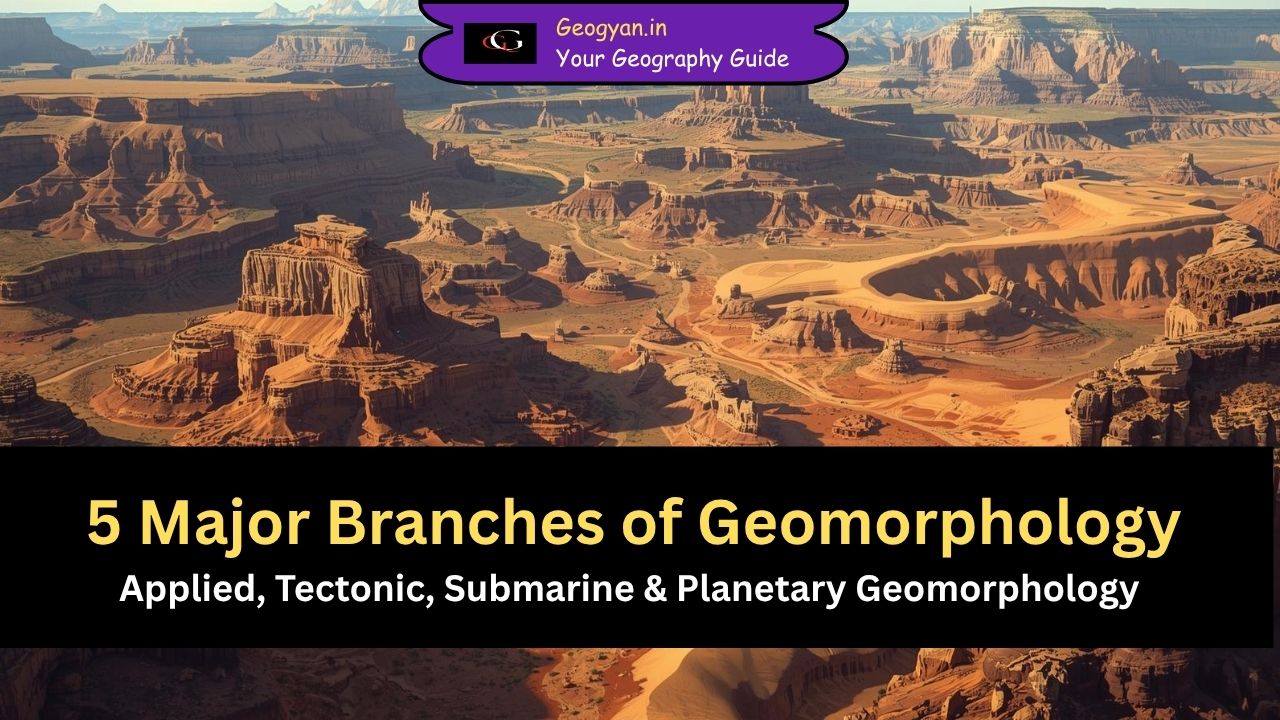Introduction:
Speculation about the origin of the Earth and humanity’s role in the natural world was once confined by religious dogma and ancient traditions. However, the seventeenth century marked a significant turning point as scholars sought to liberate their thinking from biblical beliefs and embark on rational exploration. This era witnessed groundbreaking discoveries that challenged long-held notions and paved the way for a new understanding of Earth’s origins and the relationship between humans and the environment.
Unraveling Earth’s Origins:
In the seventeenth century, scholars like Bernard Varenius and William Whiston played instrumental roles in shaping new theories about the Earth’s formation. Inspired by Edmond Halley’s theory of comets, Whiston proposed that the Earth was composed of comet debris and that its elliptical orbit and tidal waves caused the creation of continents and ocean basins. Meanwhile, Abraham Gottlob Werner theorized that a great flood resulting from the cooling of the Earth’s atmosphere led to the deposition of sedimentary layers on its surface. These groundbreaking ideas challenged the prevailing notion of the Earth as a divine creation.
Advancements in Geographical Thought:
Concurrently, the understanding of landforms and the mechanics of river flows progressed rapidly. John Strachey demonstrated that landforms were influenced by the underlying rock structure, while Simon Pallas published geological maps illustrating the composition of mountain ranges.
The French scholar Louis Gabriel Comte Du Buat mathematically explained the equilibrium between river velocity and sediment transport, leading to the concept of “graded river profiles.” James Hutton popularized the concept of uniformitarianism, asserting that Earth’s surface continually undergoes change with no discernible beginning or end. These ideas, coupled with advances in scientific classification by Carolus Linnaeus and Lamarck’s theory of evolution, greatly influenced geographic thought.
Understanding Human Behavior and the Environment:
During the eighteenth century, attention shifted towards studying human populations and their relationship with the environment. Scholars like J.P. Sussmilch and Lambert Quetelet explored statistical regularities in population data, while Jean Bodin and Nathanael Carpenter proposed climatic determinism, suggesting that people’s behaviors were influenced by the climate zones they inhabited.
Montesquieu further developed these ideas, highlighting the correlation between warm climates and despotism, and cold climates and democracy. Although these early observations lacked scientific rigor, they laid the foundation for understanding the role of the environment in shaping human behavior.
Scientific Inquiry and the Quest for Knowledge:
The late eighteenth century witnessed a surge in scientific exploration, with scientists like Count Buffon and Edmund Halley leading the way. Buffon’s comprehensive work on natural history sought to establish regularities and laws governing processes of change on Earth. While Buffon believed in a divinely created Earth, he recognized the role of humans as agents of geographic change and the influence of climate.
Halley’s contributions ranged from mortality tables to the mapping of wind directions and magnetic variations. Scientific travelers such as Johann and George Forster, as well as James Rennell, made significant observations and advancements in fields like botany and oceanography, expanding our knowledge of Earth’s diverse regions.
The Quest for Answers:
By the late eighteenth century, scholars embraced a spirit of inquiry, seeking scientific explanations to age-old questions about human life on Earth. Thomas Robert Malthus’s influential essay on population highlighted the intricate relationship between population growth and food supply, emphasizing the concept of the “struggle for survival.” Malthus’s ideas would later inspire Charles Darwin in his exploration of the theory of evolution through natural selection. Malthus’s research revealed that agricultural production alone couldn’t keep up with population growth, laying the groundwork for understanding the economic law of diminishing returns.
Conclusion:
The impact of discoveries in the seventeenth and eighteenth centuries reshaped our understanding of Earth’s origins and man’s place in nature. Scholars challenged prevailing religious beliefs and ancient traditions, employing rational methods and scientific inquiry to unravel the mysteries of the planet.
They explored the formation of the Earth, the influence of environmental factors on human behavior, and the interconnectedness of all living beings. These discoveries laid the foundation for further scientific advancements, setting the stage for the development of disciplines like geology, biology, and environmental science.
By questioning long-held assumptions and embracing new hypotheses, these pioneers paved the way for a deeper understanding of our world. Their work not only expanded our knowledge but also sparked curiosity and inspired future generations of scientists to continue the pursuit of discovery.
FAQs
What were the major discoveries in the seventeenth and eighteenth centuries that influenced our understanding of Earth’s origins?
How did advancements in geographical thought contribute to our understanding of landforms and river flows?
Who were some key scientists involved in scientific inquiry during the late eighteenth century?
How did the discoveries in the seventeenth and eighteenth centuries reshape our understanding of Earth’s origins and humanity’s place in nature?
How did these discoveries contribute to the development of disciplines like geology, biology, and environmental science?
You May Also Like






























One Response